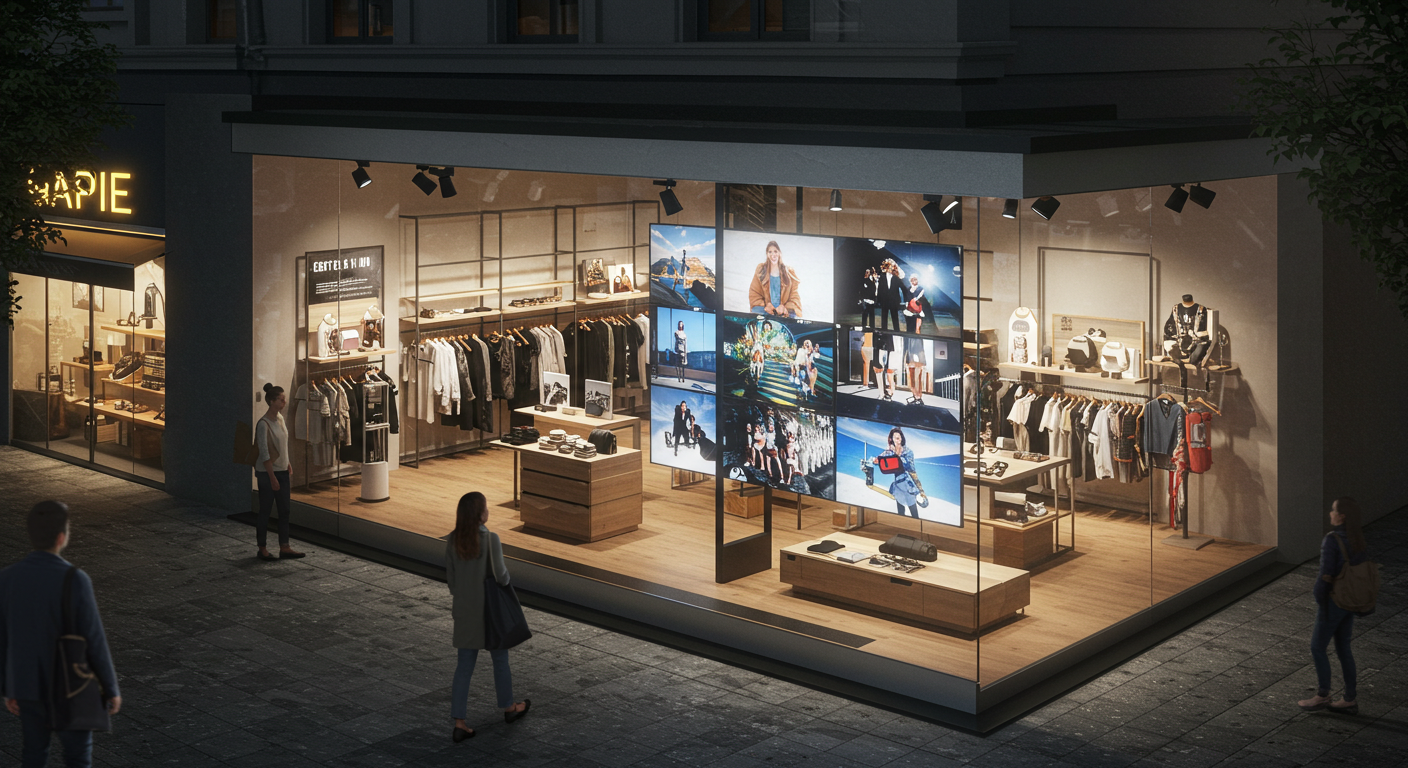Behind the scenes of every major city, power grid, transportation network, and security operation lies a nerve center—a control room where decisions are made that ripple across thousands of lives. And at the heart of that room, glowing with unwavering clarity, is the LED video wall. This is not a screen for entertainment or advertisement; it is a lifeline, a window into the real-time pulse of complex systems, a tool so vital that its failure is not an option.
These walls are composed of dozens, sometimes hundreds, of individual LED panels stitched together into a seamless, towering display. They show live feeds from security cameras, real-time traffic maps, energy consumption graphs, weather radar, and emergency alerts—all synchronized, all updated in milliseconds. The operators who sit before them are not passive viewers; they are conductors of chaos, using the visual data before them to anticipate, respond, and direct.
The engineering behind these screens is extraordinary. They must operate 24/7, 365 days a year, without flicker, lag, or downtime. Brightness and color calibration are not aesthetic choices; they are matters of operational clarity. A misread color on a thermal map could mean a missed fire. A delayed frame in a security feed could mean a lost suspect. Every pixel is a data point, every refresh a potential decision point.
What makes these walls truly powerful is not just their size or resolution, but their integration. They are not isolated monitors; they are dynamic dashboards that pull from multiple data sources, layering information in intuitive, color-coded visuals that allow operators to grasp complex situations at a glance. A sudden spike in power demand appears as a spreading red zone on a map. A traffic jam transforms into a pulsing amber line. A security breach triggers a flashing quadrant. The screen doesn’t just show data; it tells a story—one that demands immediate, informed action.
In airports, these walls track every flight, every gate, every piece of luggage. In emergency response centers, they map disaster zones and resource deployment. In corporate headquarters, they monitor global operations in real time. The common thread? Absolute reliability. These screens are built with redundant power supplies, hot-swappable modules, and remote diagnostics. If one pixel fails, the system compensates. If one panel goes dark, the others carry the load. Downtime is engineered out of existence.
But beyond the technology, there is something profoundly human about these rooms. The glowing wall becomes a shared focal point, a silent collaborator in high-stakes decision-making. Teams gather before it, pointing, discussing, strategizing—united by the clarity it provides. In moments of crisis, it is not just a tool; it is a source of calm, a beacon of control in the storm.
These LED walls do not seek applause. They do not dazzle crowds. Their brilliance is measured not in lumens, but in outcomes: averted disasters, optimized flows, lives saved. They are the silent guardians of modern infrastructure, the unsung heroes of the digital age—always on, always clear, always ready.



